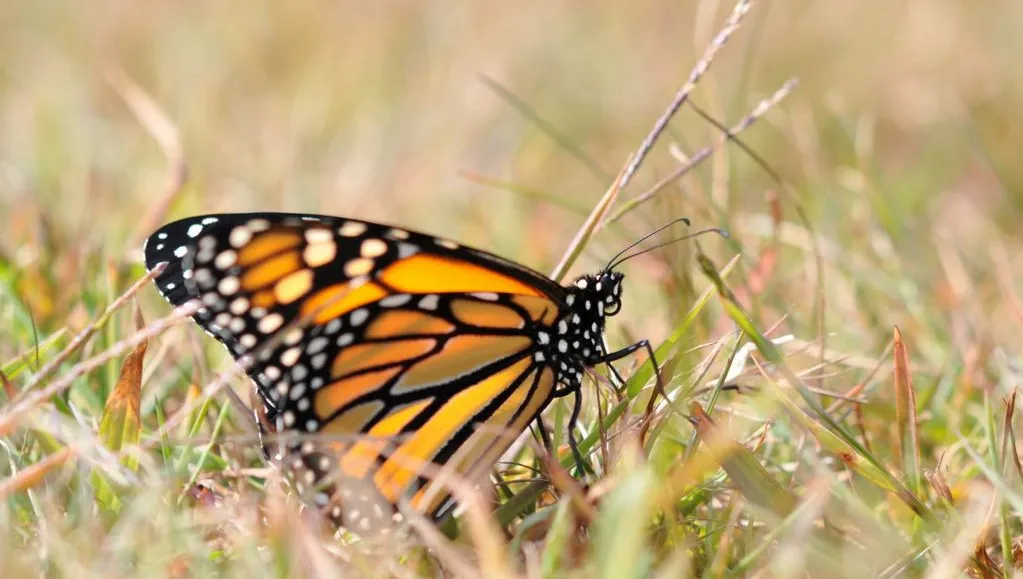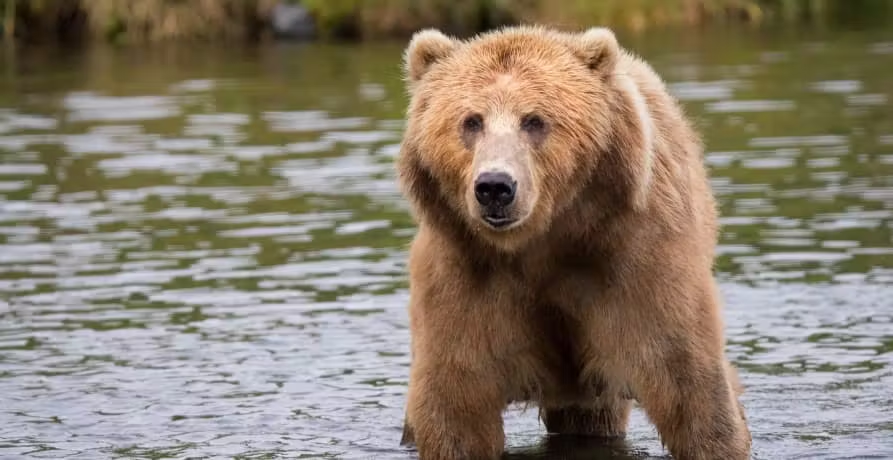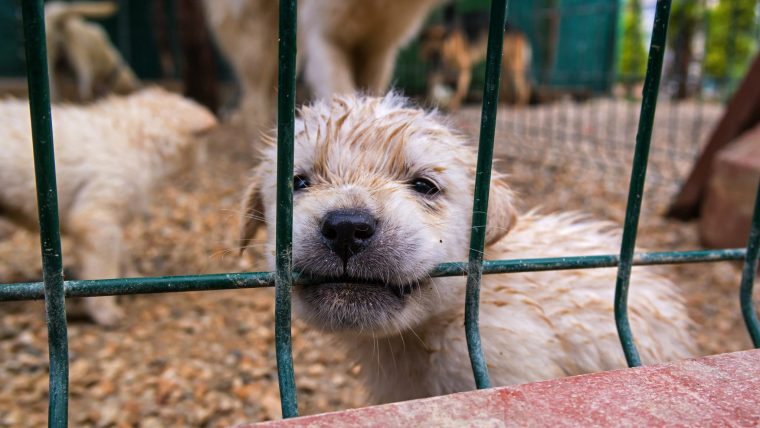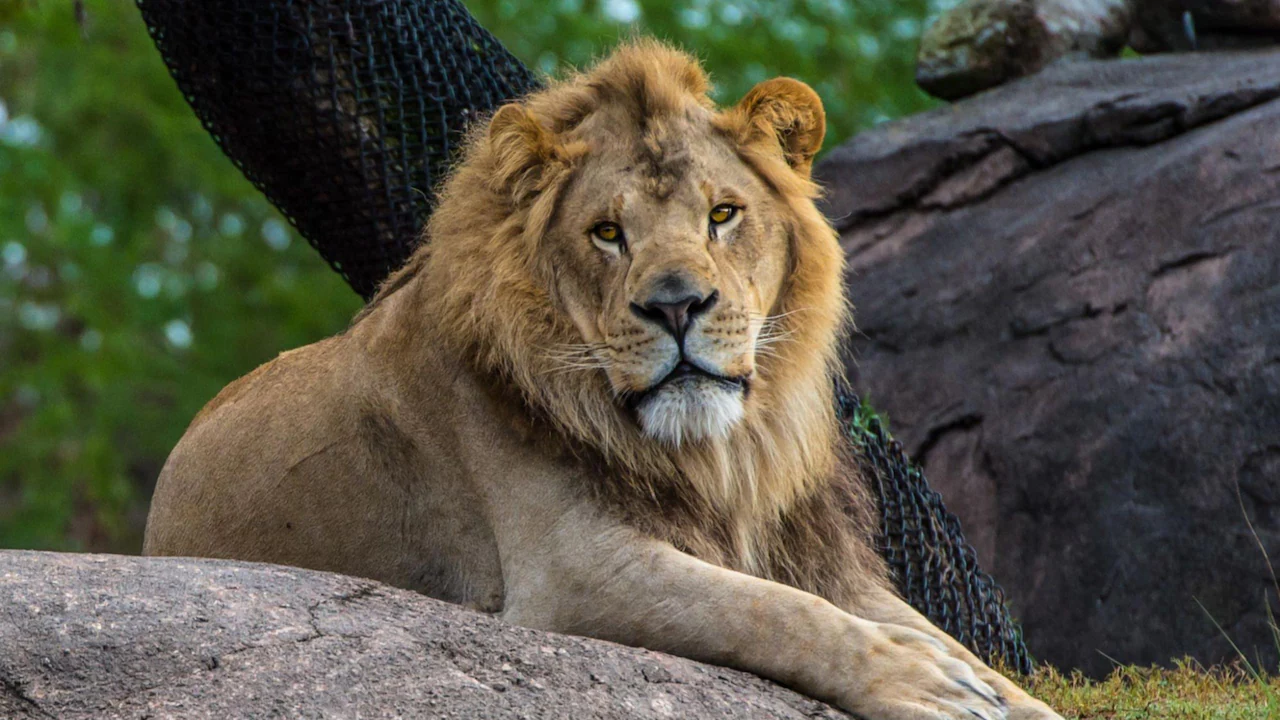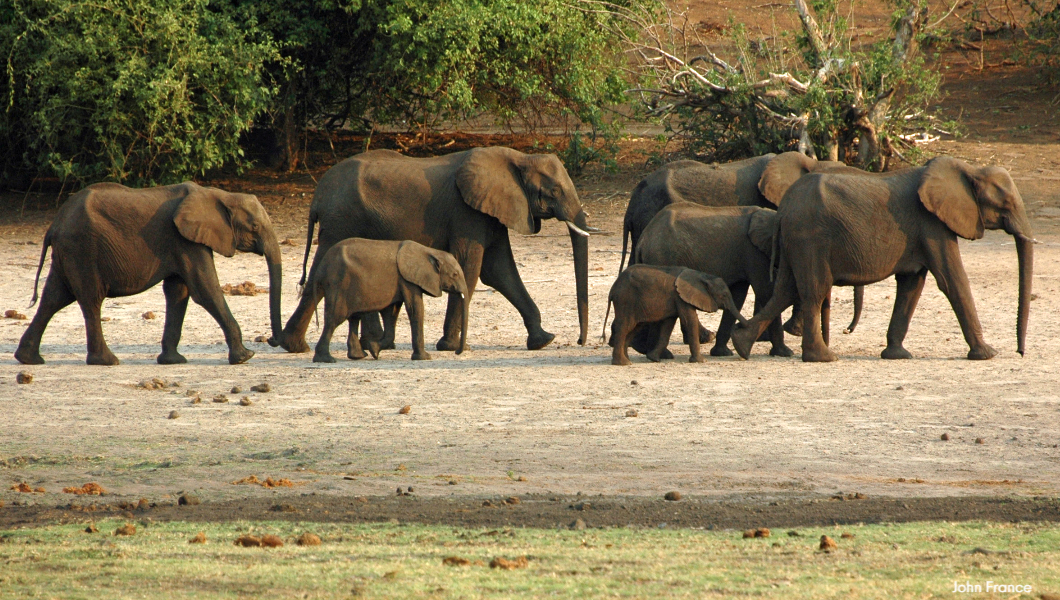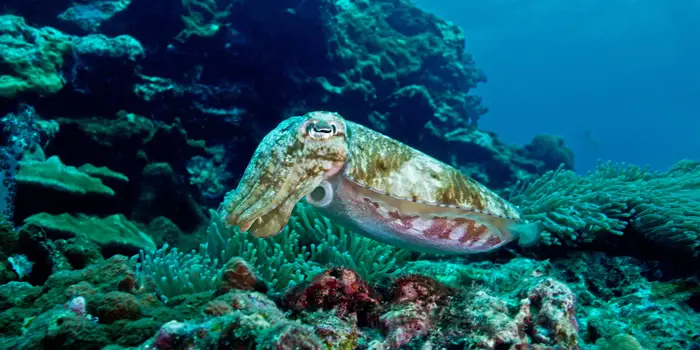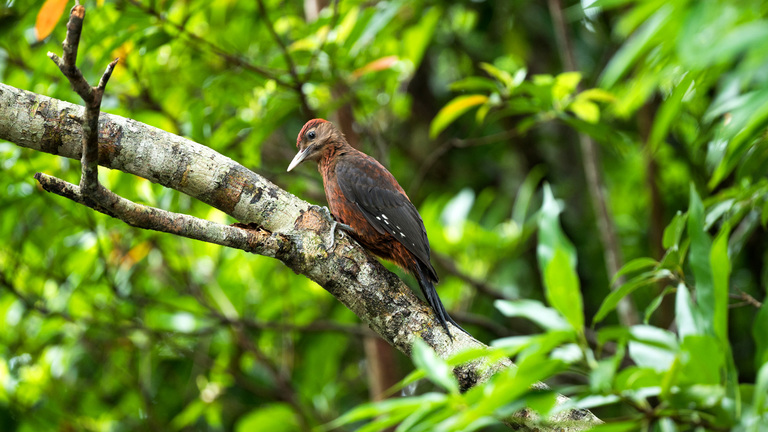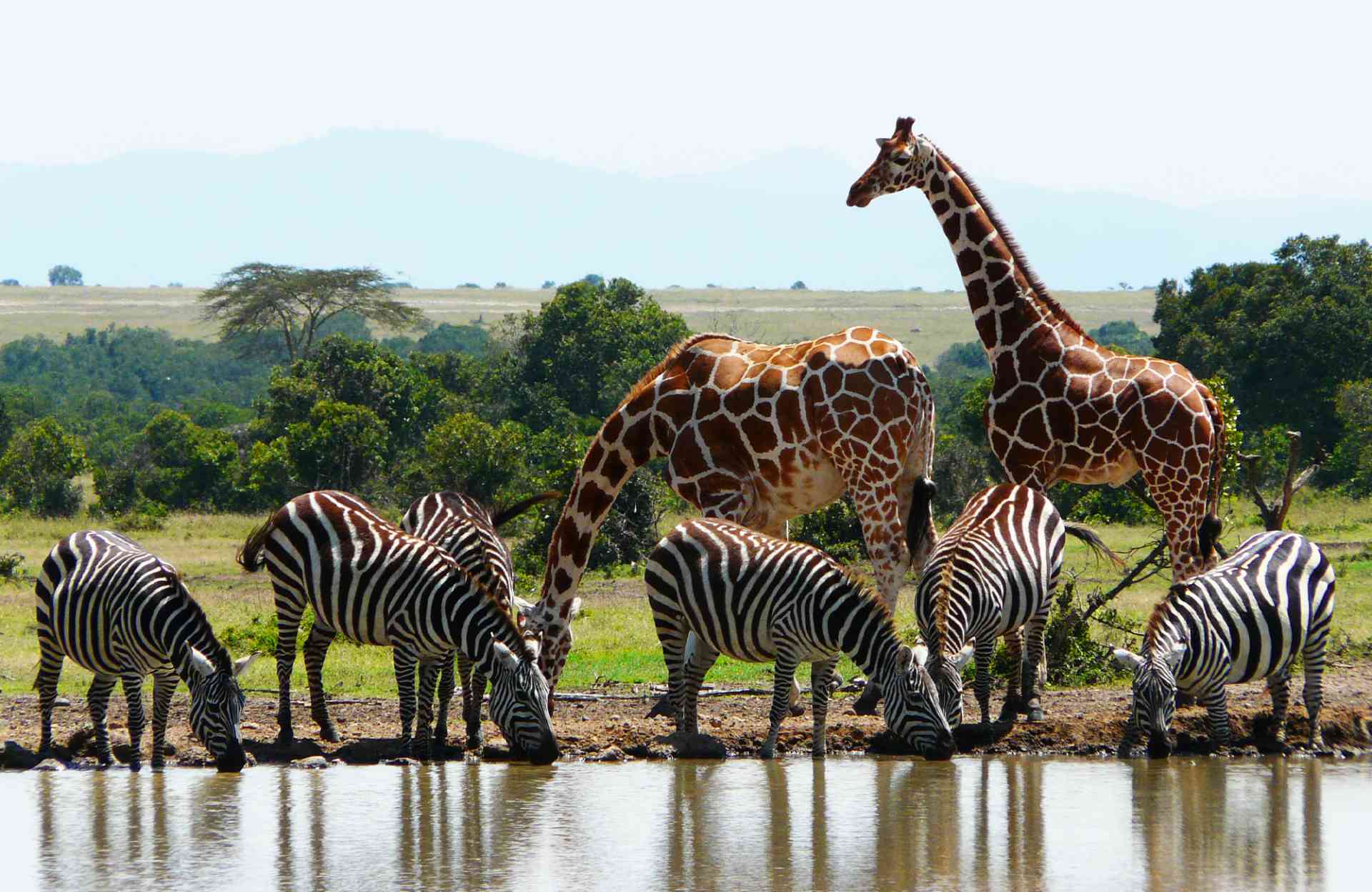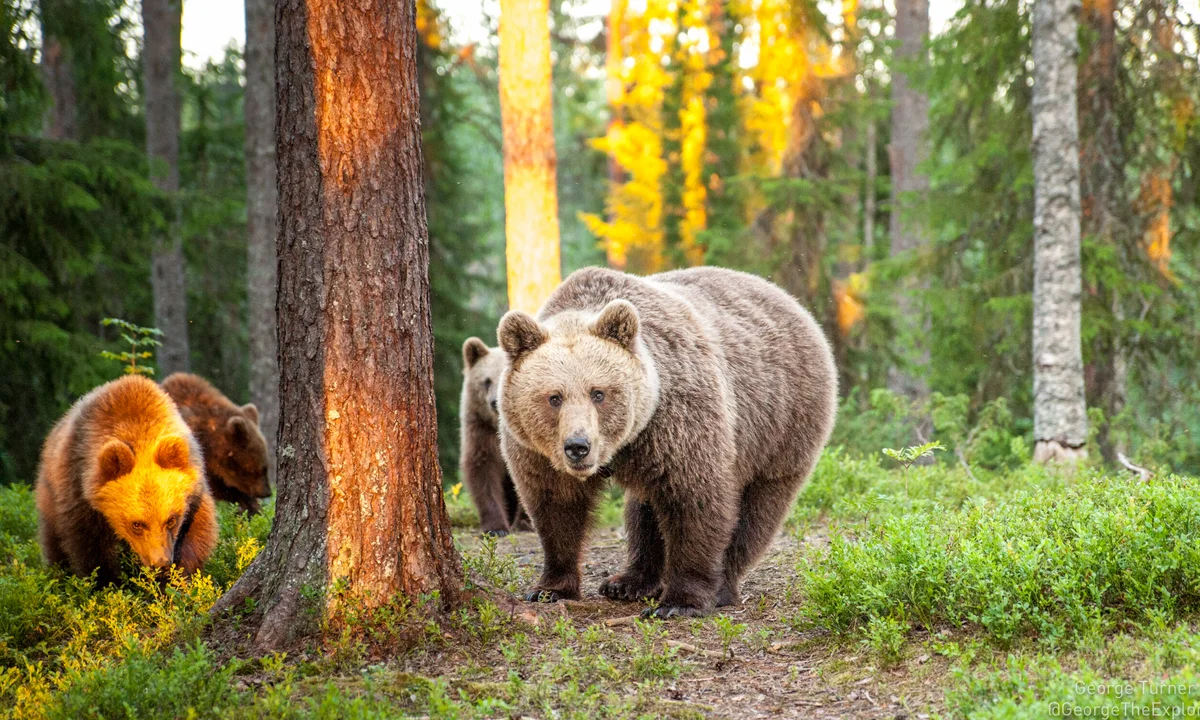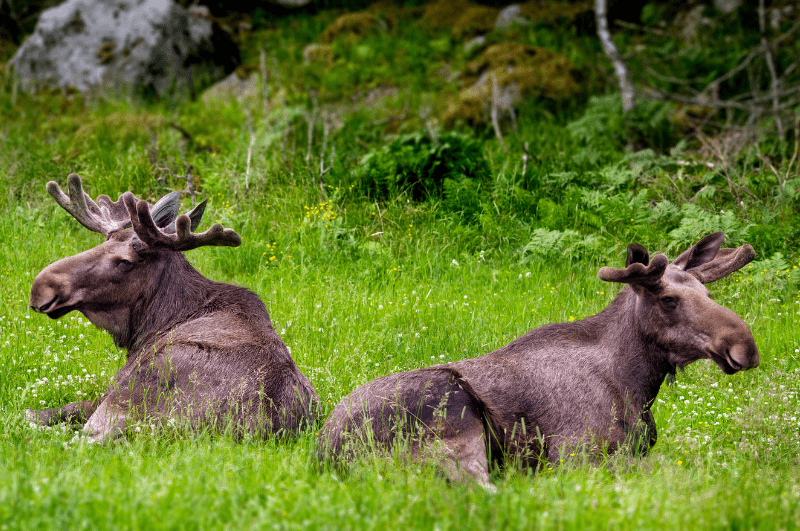Why Europe is a Wildlife Haven
Europe, often celebrated for its historic cities and cultural landmarks, is also a treasure trove of natural wonders. From the Arctic tundra to Mediterranean coastlines, the continent’s diverse landscapes host an incredible array of wildlife. Summer, with its long days and vibrant ecosystems, is the perfect time to witness animals in their natural habitats, whether you’re a seasoned wildlife enthusiast or a curious traveler seeking a connection with nature.
Svalbard, Norway: Arctic Adventures Await
Nestled between the Arctic Circle and the North Pole, Svalbard is a wildlife lover’s dream. This Norwegian archipelago is a haven for Arctic species, offering unparalleled opportunities to see polar bears, walruses, and whales. Summer’s endless daylight makes it ideal for spotting these creatures in action, especially on the pack ice of Spitsbergen, the main island.
Polar Bears and Walruses
Svalbard is home to around 270 polar bears, with up to 3,000 in the wider Barents Sea region. Small-ship cruises provide the best vantage point, combining whale-watching with shore excursions to remote coastal areas where walruses haul out on beaches.
Birdlife and Arctic Foxes
The cliffs of Svalbard teem with seabirds like puffins and guillemots, while Arctic foxes roam the tundra. Their white fur blends with summer’s rocky terrain, making them a thrilling spot for keen-eyed travelers.
Practical Tips for Visiting Svalbard
- Best Time: June to August for milder weather and 24-hour daylight.
- How to Get There: Flights from Oslo or Tromsø to Longyearbyen.
- Tour Options: Book with operators like Wildfoot Travel for expert-guided cruises.
- What to Pack: Layered clothing, binoculars, and a waterproof camera.
The Azores, Portugal: A Marine Paradise
The Azores, a volcanic archipelago in the Atlantic, is one of Europe’s top destinations for marine wildlife. Summer brings migrating whales, dolphins, and sea turtles to these warm waters, making it a hotspot for seaborne safaris.
Whale Watching Extravaganza
Over 20 species of whales, including blue, fin, and humpback, pass through the Azores from April to September. Local operators like Futurismo boast a 99% sighting rate, ensuring you’ll likely see these majestic creatures breaching the surface.
Swimming with Dolphins
The Azores is one of the best places to swim with wild dolphins, with strict regulations ensuring ethical interactions. A quick briefing from a guide prepares you for a non-intrusive dip alongside these playful mammals.
Pros and Cons of Visiting the Azores
- Pros: High whale-sighting success rate, stunning volcanic landscapes, ethical wildlife tours.
- Cons: Remote location requires flights, weather can be unpredictable.
Comparison: Azores vs. Iceland for Whale Watching
| Destination | Species Seen | Best Months | Accessibility | Unique Feature |
|---|---|---|---|---|
| Azores | Blue, fin, humpback whales, dolphins | April–September | Flights from Lisbon | Swim with dolphins |
| Iceland | Minke, humpback, orcas | May–September | Flights from Reykjavik | Northern lights in winter |
Białowieża Forest, Poland: Europe’s Last Primeval Forest
Straddling the border of Poland and Belarus, Białowieża Forest is a UNESCO World Heritage Site and one of Europe’s last true wildernesses. Home to 900 European bison, it’s a must-visit for those seeking large mammals in a pristine setting.
Tracking Bison and More
Guided safaris in Białowieża almost guarantee bison sightings, with moose, beavers, and otters also common. In summer, explore by bike to cover more ground, though winter is better for tracking elusive wolves and lynx.
Birdwatching Bonanza
With over 250 bird species, including rare woodpeckers and white-tailed eagles, Białowieża is a birdwatcher’s paradise. Summer’s lush greenery makes spotting these feathered residents a delight.
Practical Tips for Visiting Białowieża
- Best Time: Year-round, except May and November due to muddy conditions.
- How to Get There: Fly to Warsaw, then drive or take a train to Białystok.
- Tour Options: Wild Poland offers multi-day wildlife festivals.
- What to Pack: Sturdy boots, insect repellent, and a field guide for birds.
The Carpathian Mountains, Romania: Bears, Wolves, and Lynx
Romania’s Carpathian Mountains are a biodiversity hotspot, hosting 60% of Europe’s brown bears and 40% of its wolves. Summer’s mild weather and active wildlife make it an ideal time to explore this rugged region.
Brown Bear Encounters
Bear hides in areas like Piatra Craiului National Park offer close-up views of brown bears feeding at dusk. Expert guides ensure safe, ethical observation, often combining cultural excursions with wildlife treks.
Tracking Lynx and Wolves
Lynx are elusive, but March and April are prime for sightings during mating season. Summer visitors can still spot wolves and chamois with a skilled tracker, especially in Transylvania’s forests.
Pros and Cons of Visiting the Carpathians
- Pros: High density of large mammals, affordable tours, rich cultural heritage.
- Cons: Remote areas require guided tours, lynx sightings not guaranteed.
The Scottish Highlands and Hebrides: Seabirds and Marine Life
Scotland’s rugged coastlines and islands are a haven for marine and terrestrial wildlife. The Hebrides, particularly St Kilda, boast the UK’s largest Atlantic puffin colony, while the Highlands offer deer and golden eagles.
Puffin Paradise on St Kilda
St Kilda, a UNESCO World Heritage Site, hosts around 100,000 puffin pairs in summer. Boat trips from Oban reveal dolphins, orcas, and humpback whales en route, adding to the adventure.
Highland Mammals and Eagles
The Scottish Highlands are home to red deer, otters, and soaring golden eagles. Guided hikes or cruises with operators like St Hilda Sea Adventures bring you close to these iconic species.
Practical Tips for Visiting Scotland
- Best Time: May to August for puffins and milder weather.
- How to Get There: Fly to Glasgow or Edinburgh, then drive or ferry to the Hebrides.
- Tour Options: Book with Naturetrek or St Hilda Sea Adventures for guided trips.
- What to Pack: Waterproof gear, binoculars, and a sturdy backpack.
Ordesa and Monte Perdido National Park, Spain: Mountain Wildlife
Tucked in the Spanish Pyrenees, Ordesa and Monte Perdido National Park is a haven for raptors, chamois, and butterflies. Its limestone karst landscape offers stunning vistas alongside rich biodiversity.
Raptors and Butterflies
Bearded vultures and golden eagles soar above the park’s cliffs, while over 130 butterfly species flutter through meadows. Local guides, often botanists or ornithologists, enhance the experience with their expertise.
Hiking and Wildlife Spotting
Summer is ideal for hiking trails that wind through alpine meadows and gorges, where chamois and marmots are common sights. The park’s accessibility makes it perfect for day trips or longer adventures.
Comparison: Ordesa vs. Pyrenees National Park (France)
| Destination | Key Species | Best Months | Accessibility | Unique Feature |
|---|---|---|---|---|
| Ordesa, Spain | Bearded vultures, chamois, butterflies | May–June | Drive from Zaragoza | Limestone karst landscape |
| Pyrenees, France | Ibex, red deer, eagles | June–August | Drive from Toulouse | Alpine flora and fauna |
Bergslagen, Sweden: Moose and More
Just two hours from Stockholm, Bergslagen is a patchwork of forests, lakes, and pastures teeming with moose, wolves, and beavers. Its accessibility makes it a great choice for urban travelers seeking a quick wildlife escape.
Moose Tracking
Bergslagen is one of Scandinavia’s best spots for moose, with guided tours offering near-guaranteed sightings. Canoeing trips often reveal beavers and otters, adding variety to your adventure.
Wolf and Bear Sightings
While wolves and bears are harder to spot, summer’s long days increase your chances. Local guides use tracking techniques to locate these elusive predators safely.
Practical Tips for Visiting Bergslagen
- Best Time: June to August for optimal wildlife activity.
- How to Get There: Drive or train from Stockholm to Skinnskatteberg.
- Tour Options: Book with local operators for moose-tracking tours.
- What to Pack: Comfortable hiking shoes, a raincoat, and a camera.
People Also Ask (PAA) Section
What is the best time to see wildlife in Europe?
Summer (June to August) is ideal for most European destinations due to longer daylight hours, milder weather, and active wildlife. Some species, like lynx or wolves, may be easier to spot in specific seasons like spring or winter.
Where can I see bears in Europe?
Romania’s Carpathian Mountains, Finland’s Oulanka National Park, and Bulgaria’s Rhodope Mountains are top spots for brown bear sightings, often from hides for safe observation.
What are the best whale-watching spots in Europe?
The Azores, Iceland, and Norway’s Vesteralen Coast are premier whale-watching destinations, with high sighting rates for species like humpback, blue, and orca whales.
Are wildlife tours in Europe ethical?
Many operators prioritize ethical practices, such as limiting group sizes and maintaining distance from animals. Look for tours certified by organizations like Responsible Travel or WWF.
Planning Your Wildlife Adventure
Choosing the Right Destination
Your choice depends on the animals you want to see and your travel style. For marine life, the Azores or Iceland are unbeatable. For large mammals, Romania or Poland offer thrilling encounters. Birdwatchers will love Scotland or the Danube Delta.
Booking with Reputable Operators
- Wildfoot Travel: Specializes in Arctic adventures in Svalbard. Wildfoot Travel
- Naturetrek: Offers birding and mammal tours across Europe. Naturetrek
- Exodus Travels: Combines wildlife with cultural experiences in Romania and Finland. Exodus Travels
- Responsible Travel: Focuses on ethical wildlife holidays. Responsible Travel
Budget Considerations
Wildlife tours vary in cost:
- Svalbard: High-end cruises start at £2,000–£5,000 per person.
- Azores: Whale-watching trips range from £50–£150 per day.
- Poland/Romania: Budget-friendly safaris start at £500–£1,200 for multi-day tours.
- Scotland/Sweden: Day trips can cost as little as £30–£100.
Safety and Ethical Tips
- Always use expert guides to ensure safe and respectful wildlife interactions.
- Avoid tours that involve feeding animals unless it’s part of conservation efforts.
- Pack eco-friendly gear, like reusable water bottles, to minimize your environmental impact.
FAQ Section
Is summer the best time for wildlife watching in Europe?
Yes, summer offers long daylight hours and active wildlife, making it ideal for spotting animals like whales, bears, and birds. However, some species, like lynx, are more visible in spring or winter.
Can I see polar bears in Europe?
Yes, Svalbard, Norway, is the best place to see polar bears in Europe. Small-ship cruises in summer provide the best opportunities, with expert guides ensuring safety.
Are there budget-friendly wildlife tours in Europe?
Absolutely. Destinations like Poland’s Białowieża Forest and Sweden’s Bergslagen offer affordable tours starting at £30–£100 for day trips, with multi-day options under £1,200.
How can I ensure my wildlife tour is ethical?
Choose operators certified by Responsible Travel or similar organizations. Look for tours that prioritize small groups, maintain distance from animals, and support conservation efforts.
What should I pack for a wildlife tour?
Pack layered clothing, sturdy boots, binoculars, a waterproof camera, and insect repellent. Check specific destination requirements, like waterproof gear for Scotland or warm layers for Svalbard.
A Personal Reflection
Last summer, I joined a whale-watching tour in the Azores, and the experience was nothing short of magical. Standing on the deck as a humpback whale breached just meters away, I felt a mix of awe and humility. The guide’s passion for marine conservation added depth to the trip, reminding me how vital it is to support ethical tourism. Whether you’re chasing puffins in Scotland or tracking bison in Poland, these encounters with Europe’s wildlife will leave you with stories to tell and a deeper appreciation for our planet.
Conclusion
Europe’s wildlife destinations offer something for everyone, from the icy realms of Svalbard to the lush forests of Romania. Summer’s vibrant ecosystems and long days make it the perfect season to explore these natural wonders. By choosing ethical tours and preparing thoughtfully, you’ll not only witness incredible animals but also contribute to their conservation. So, grab your binoculars, book a tour, and let Europe’s wild side captivate you this summer.





